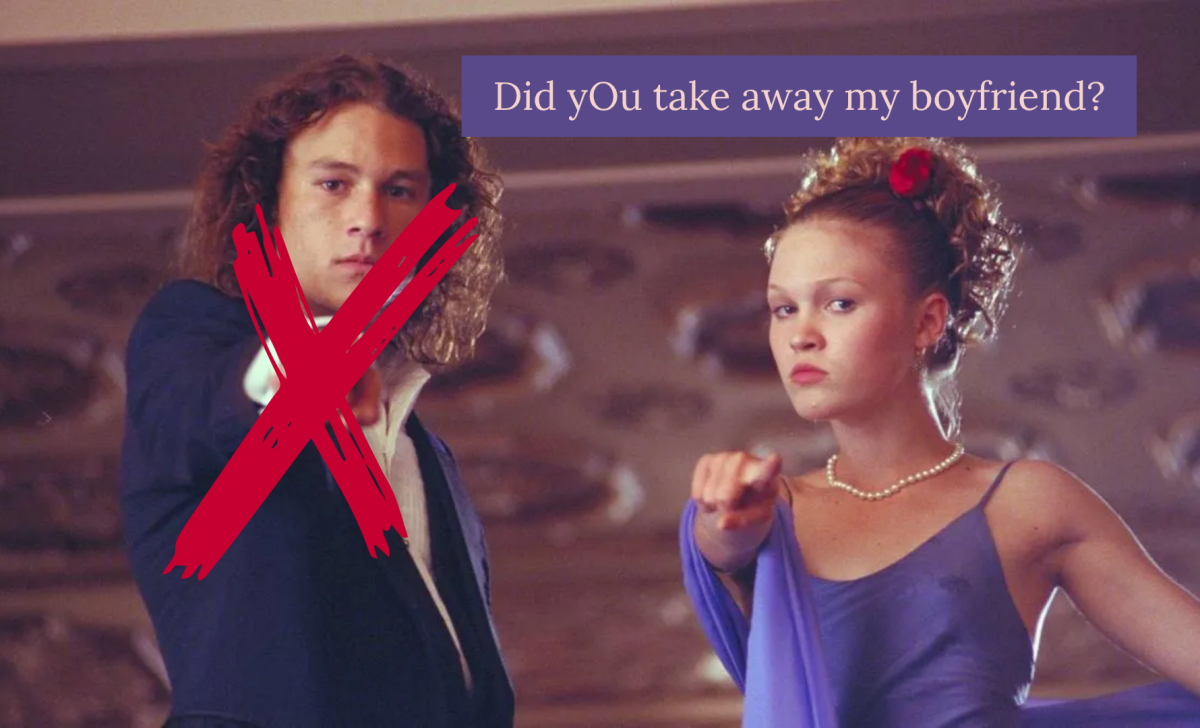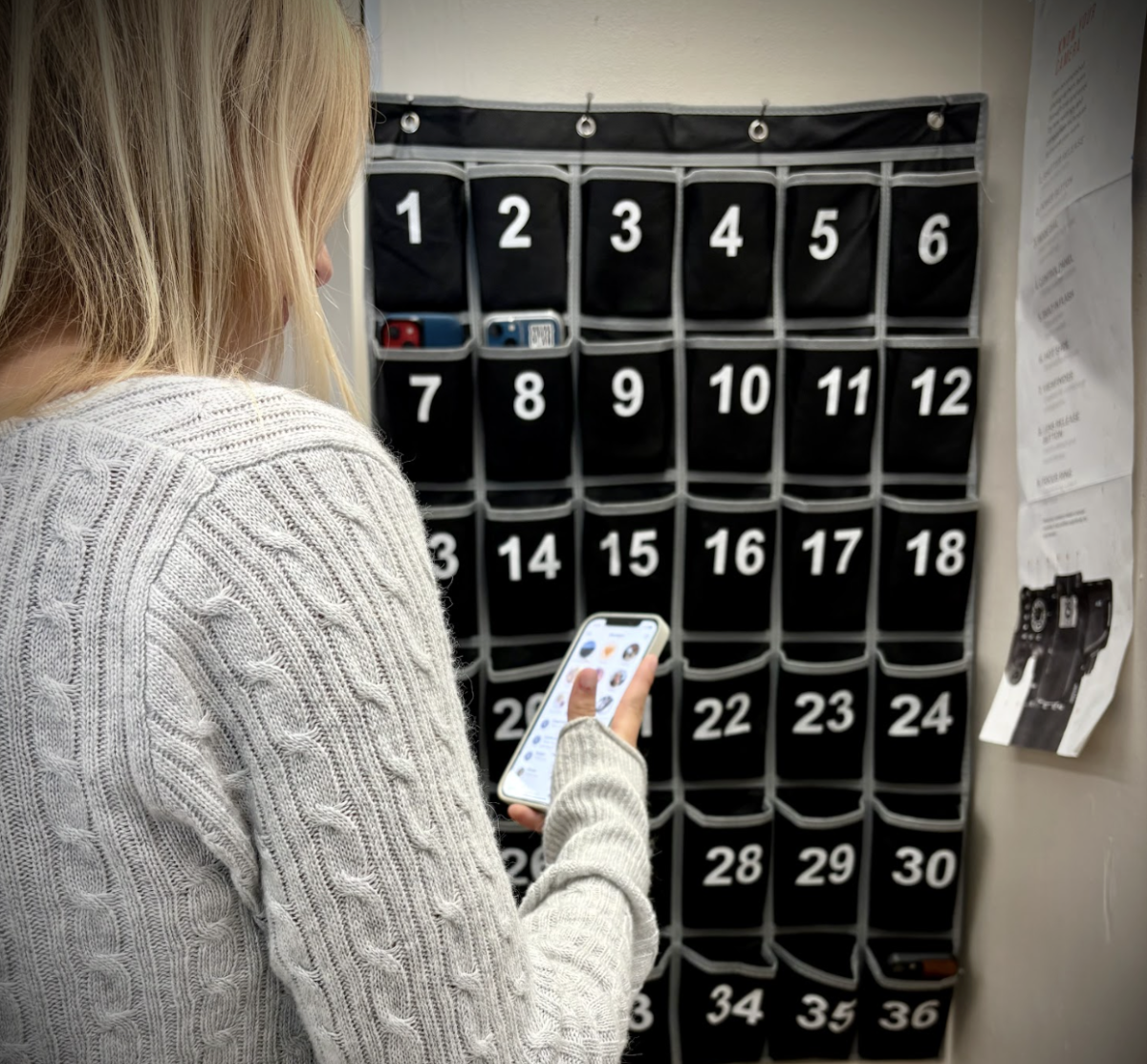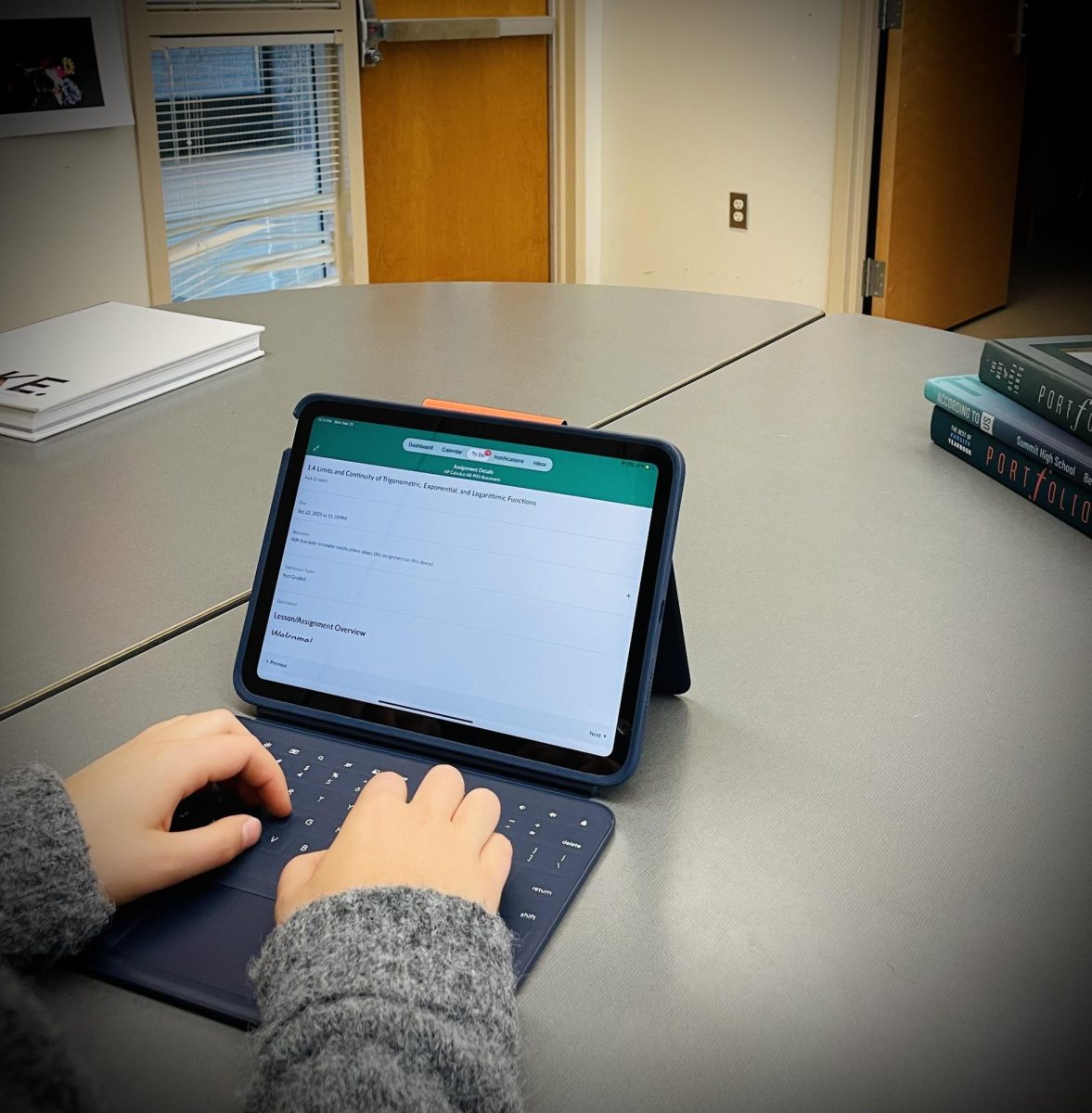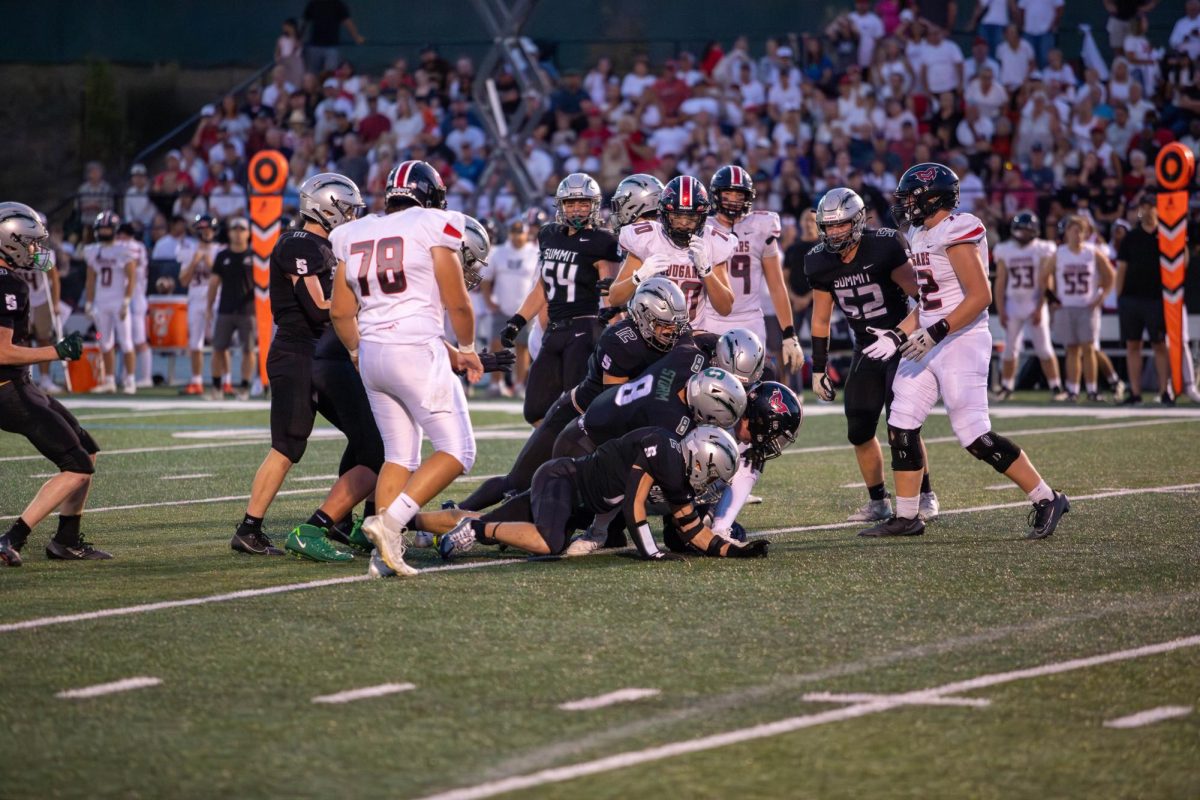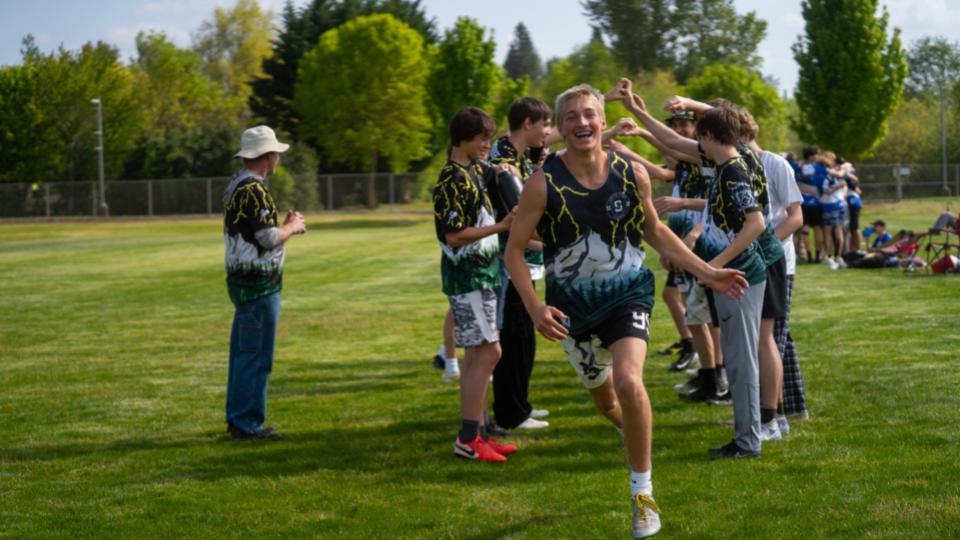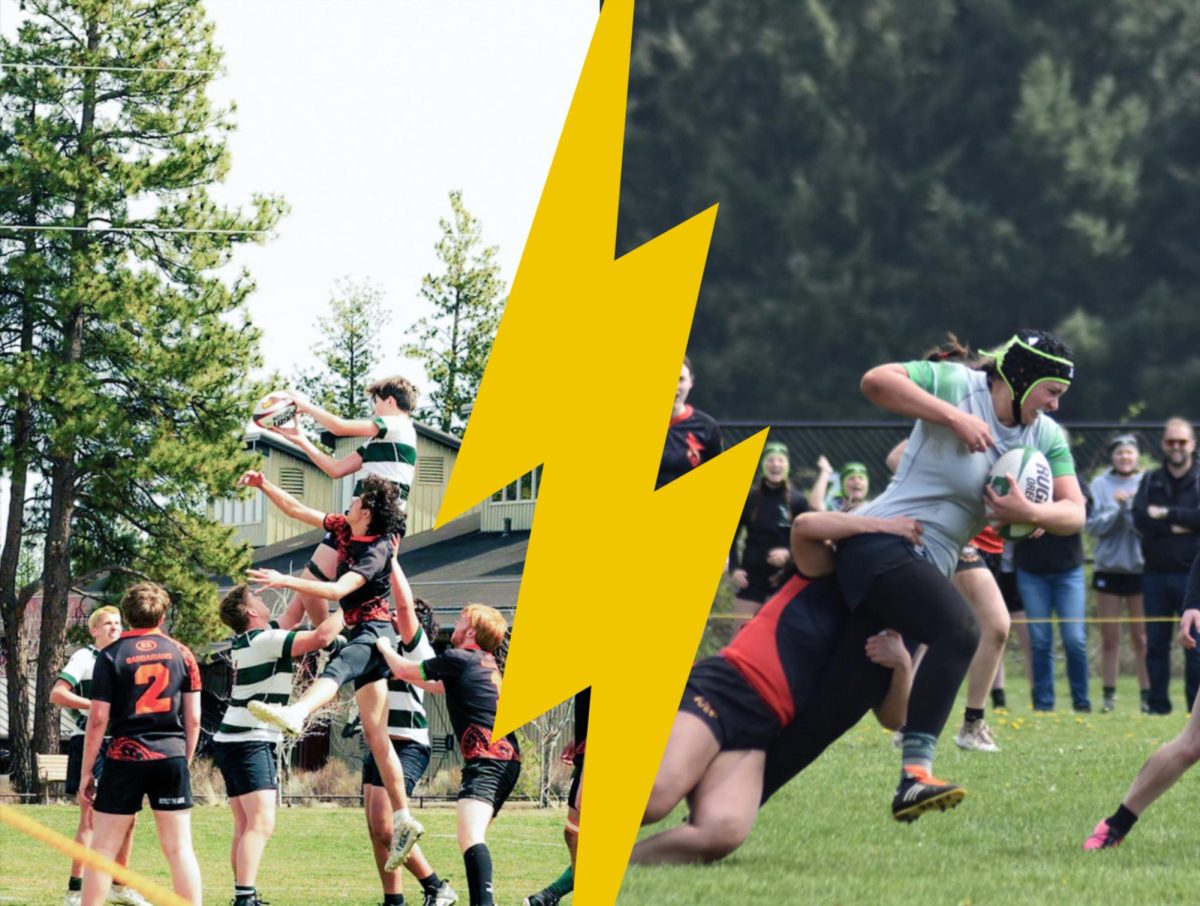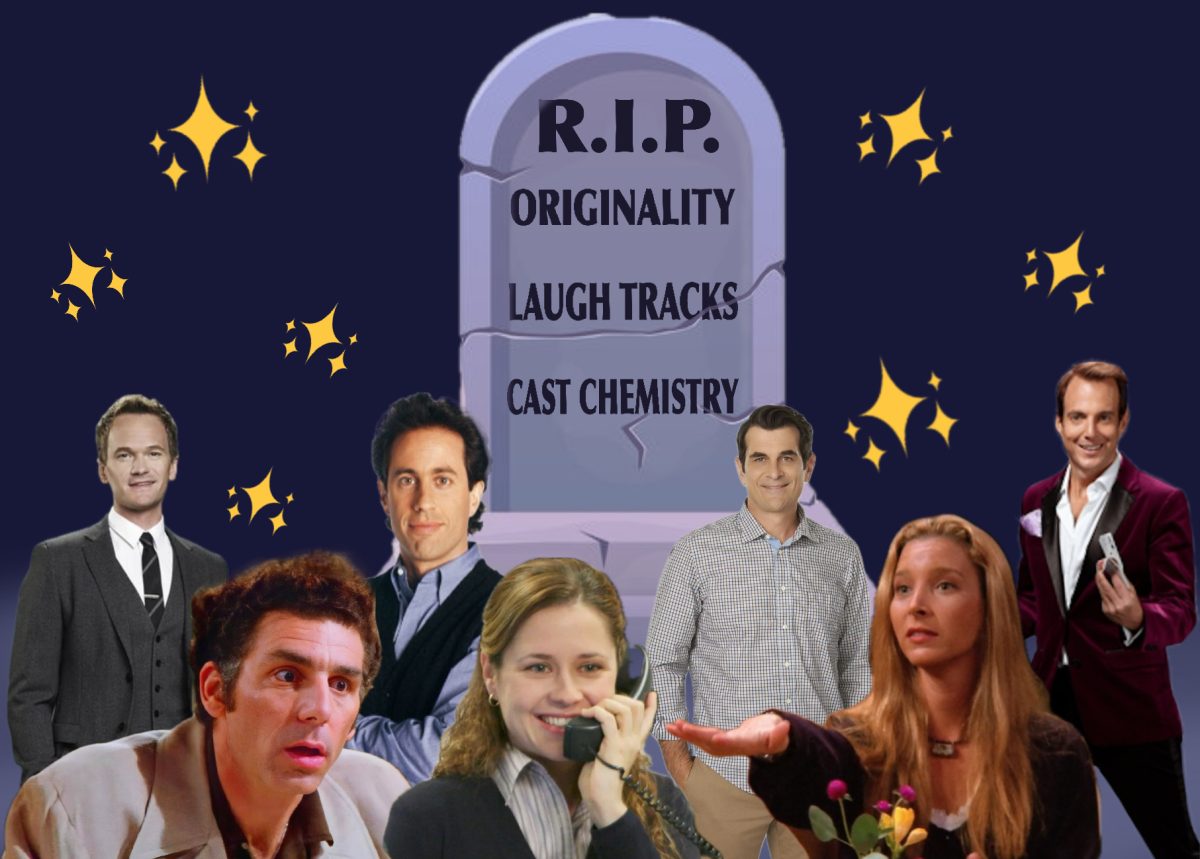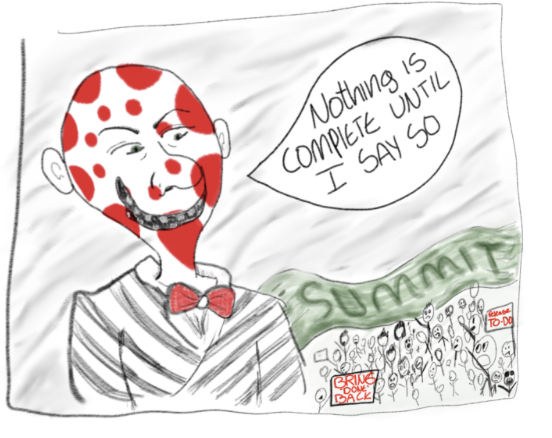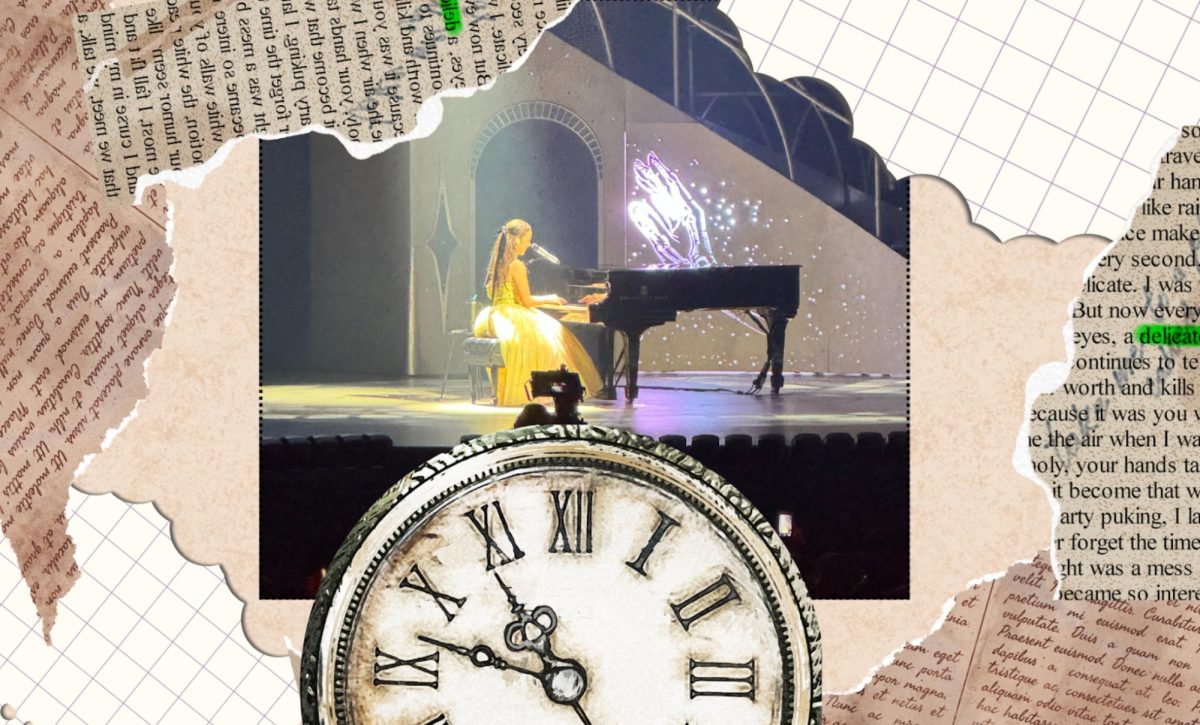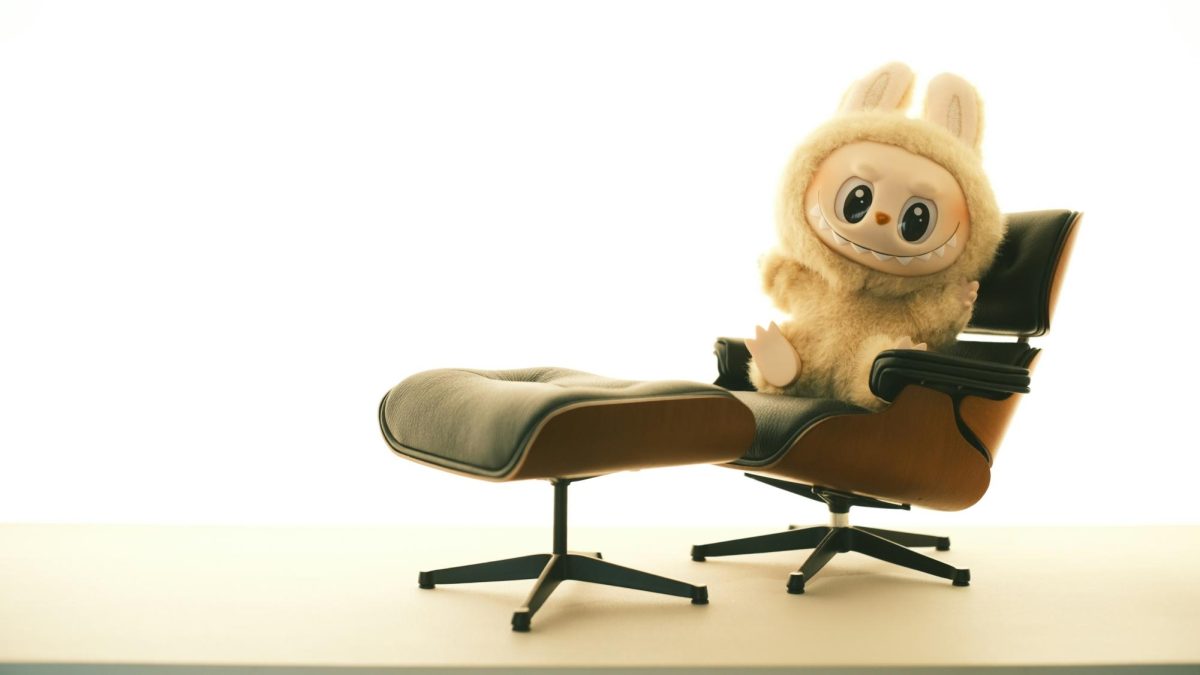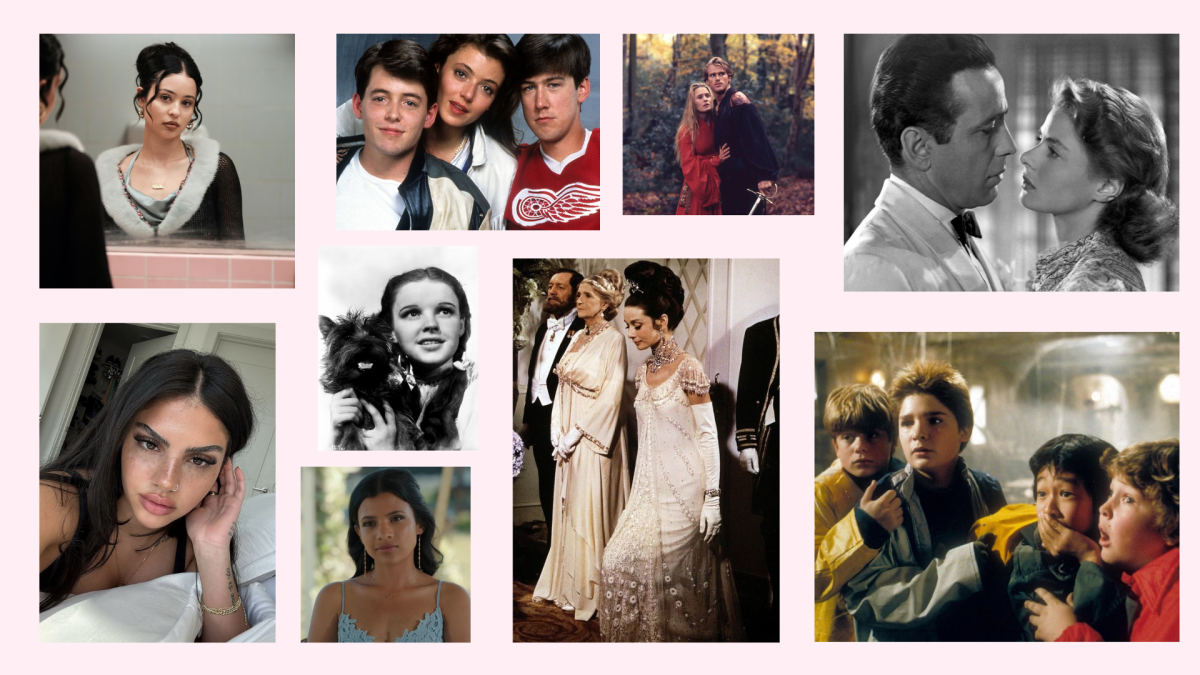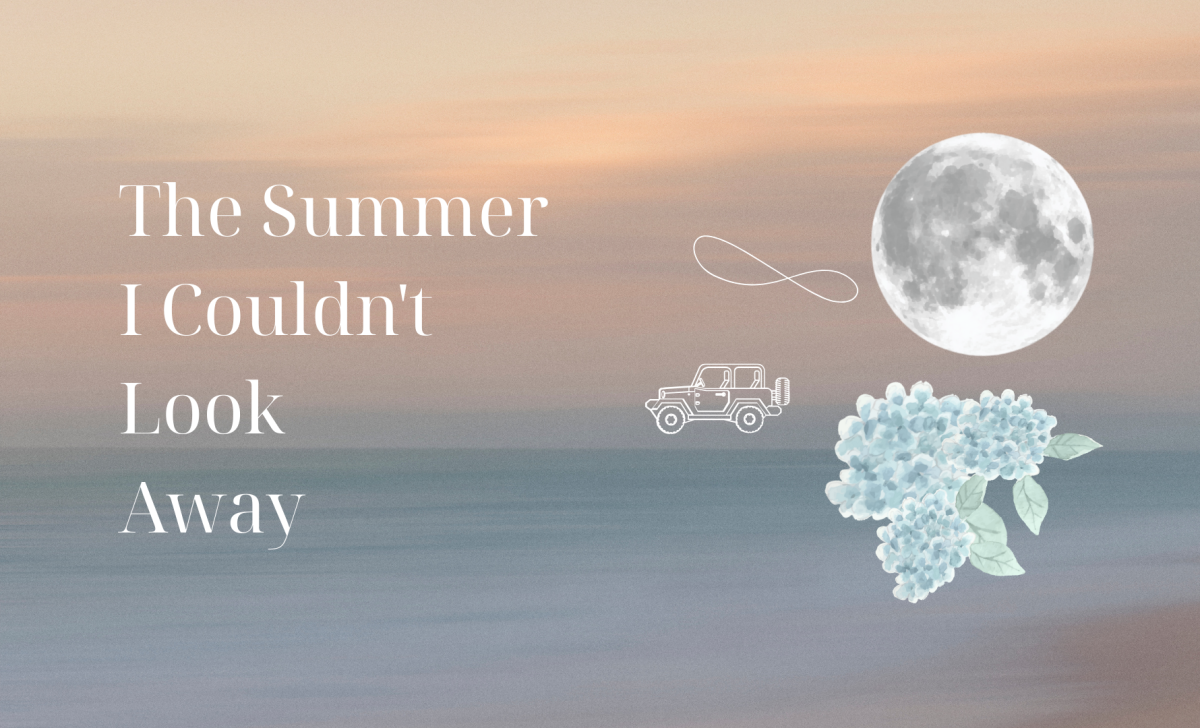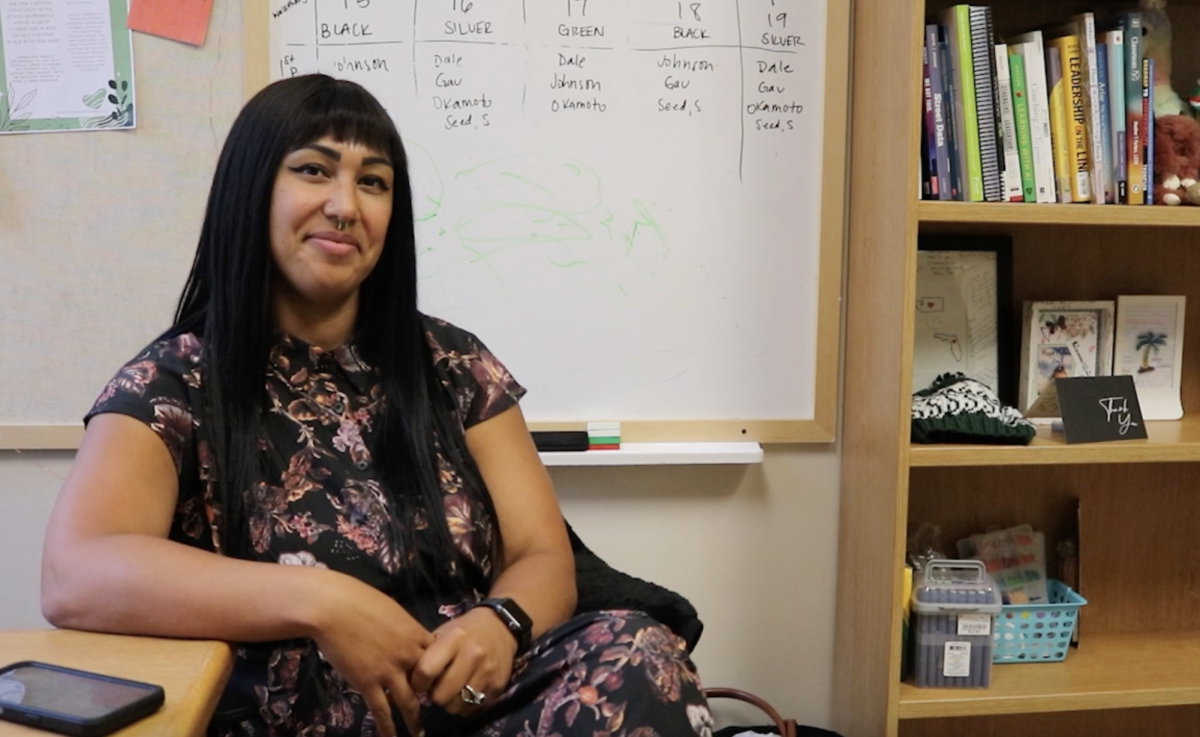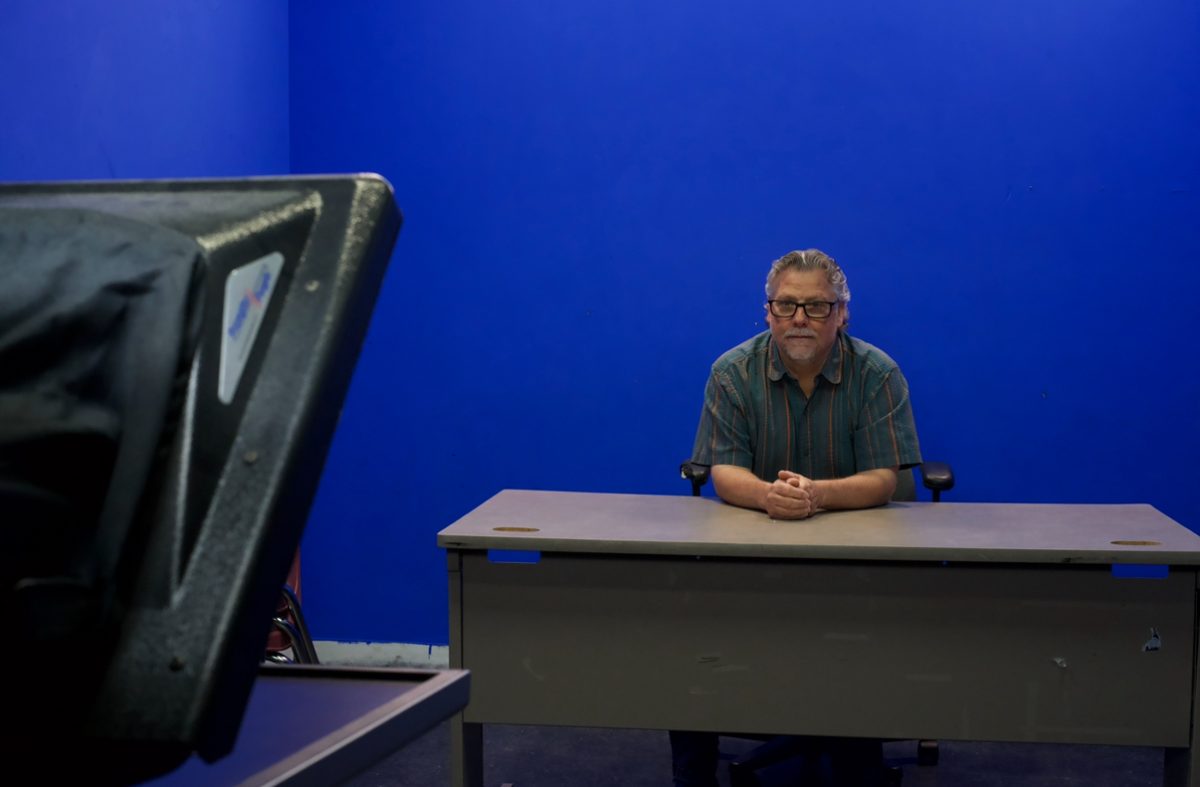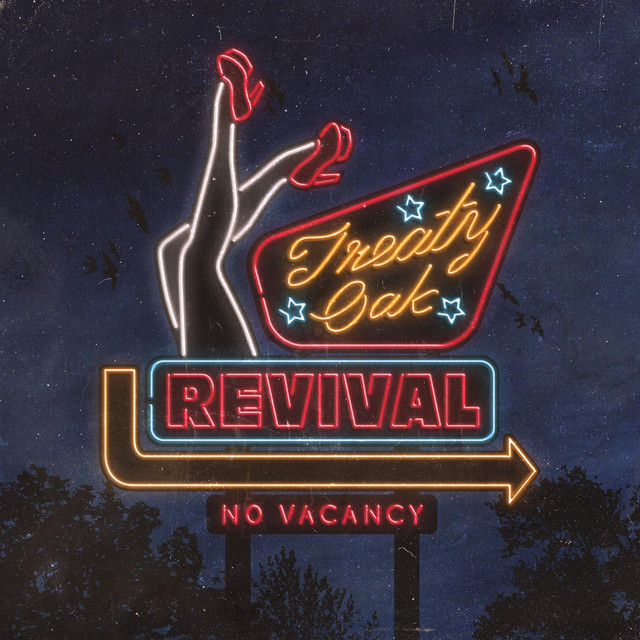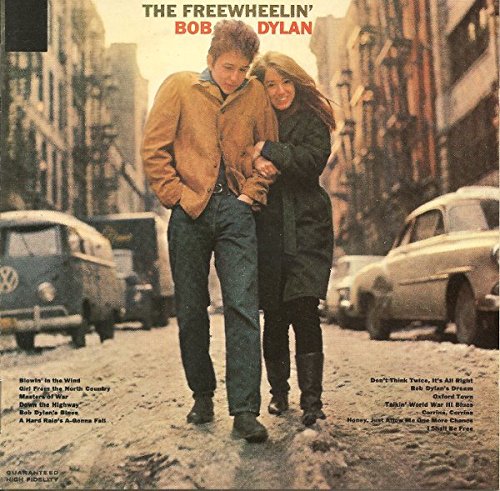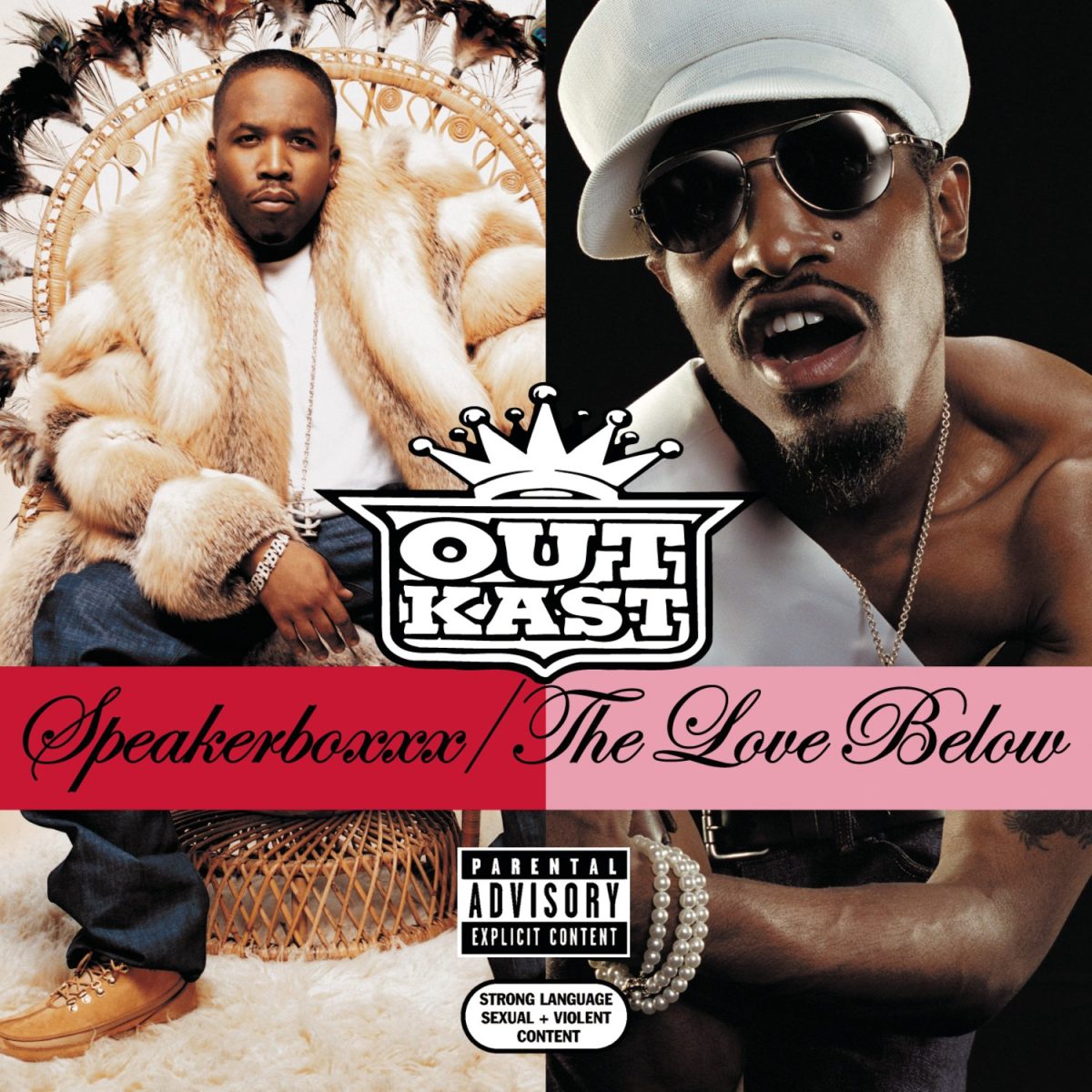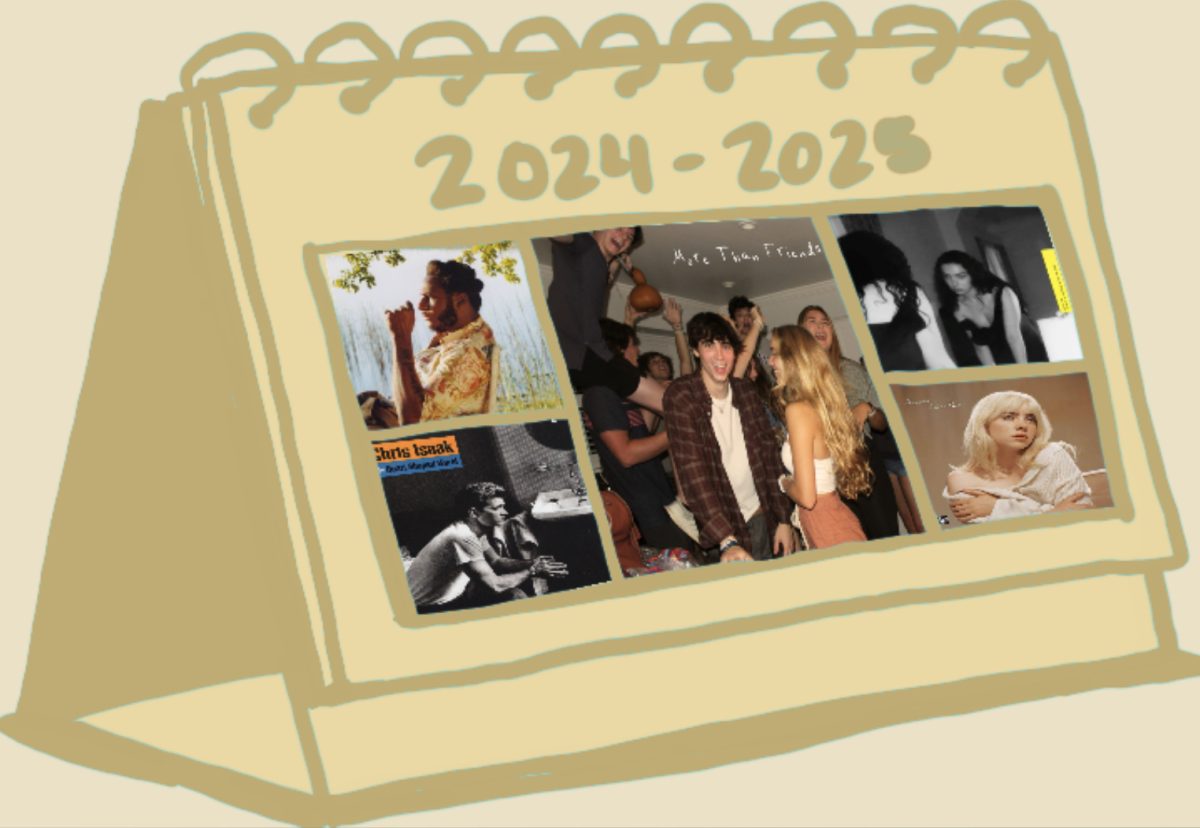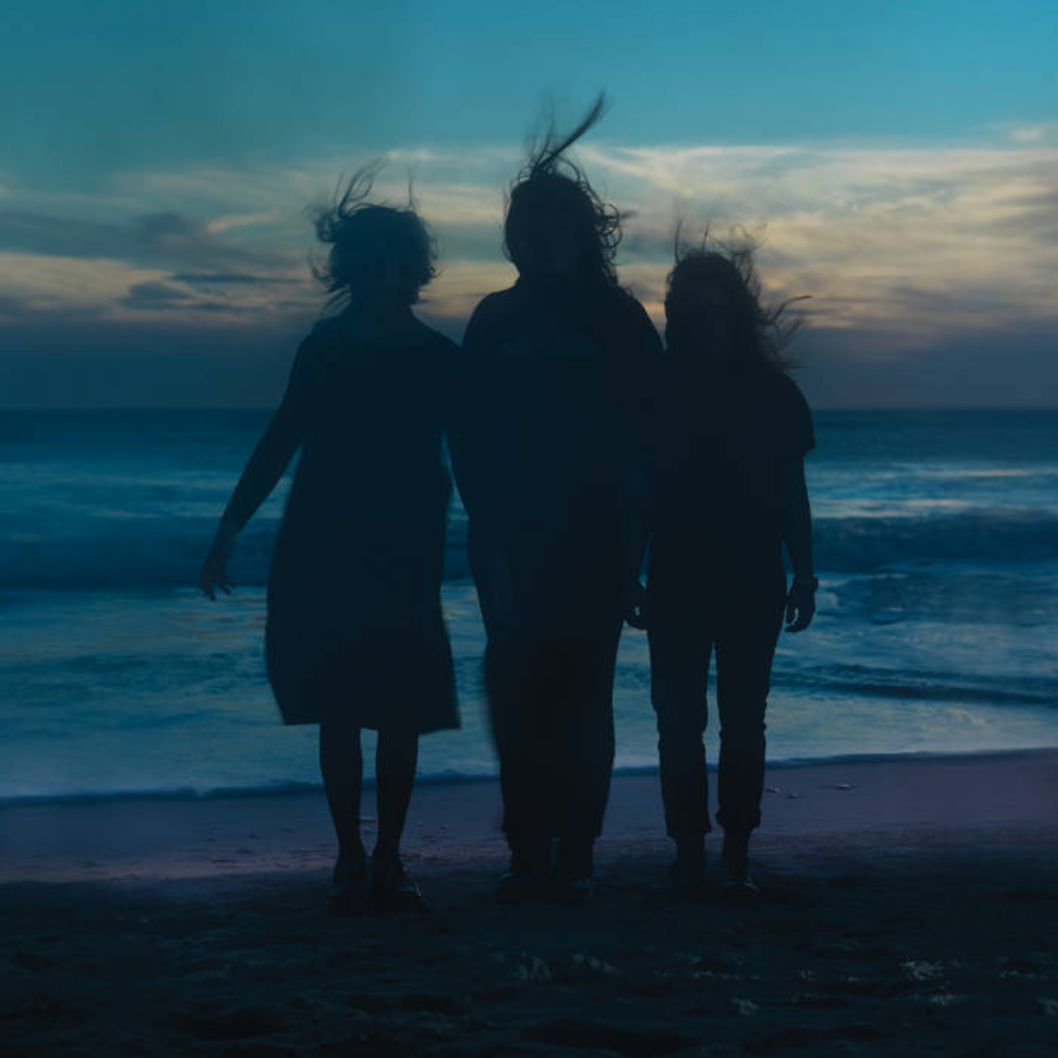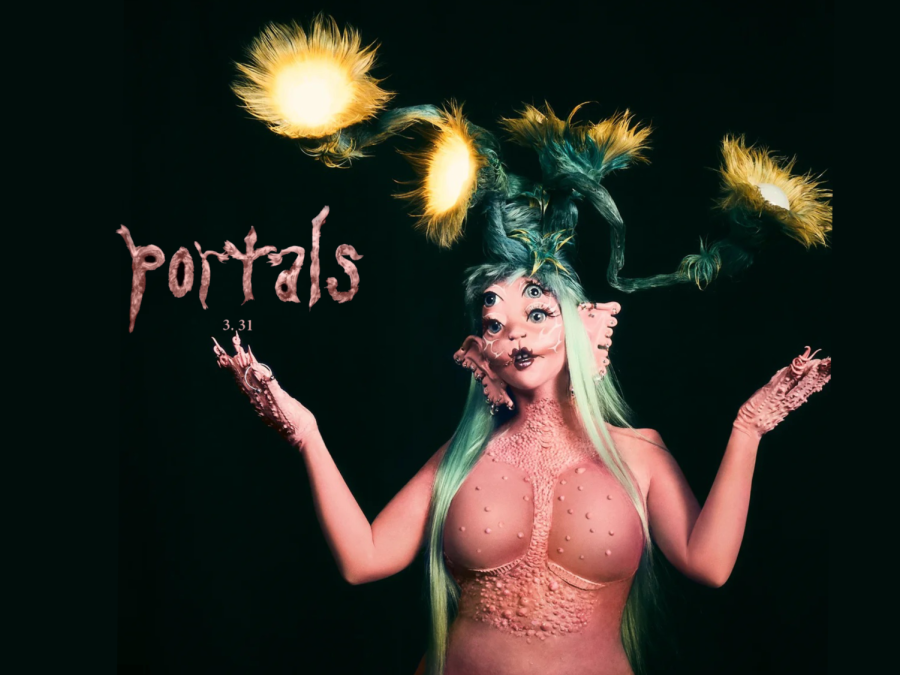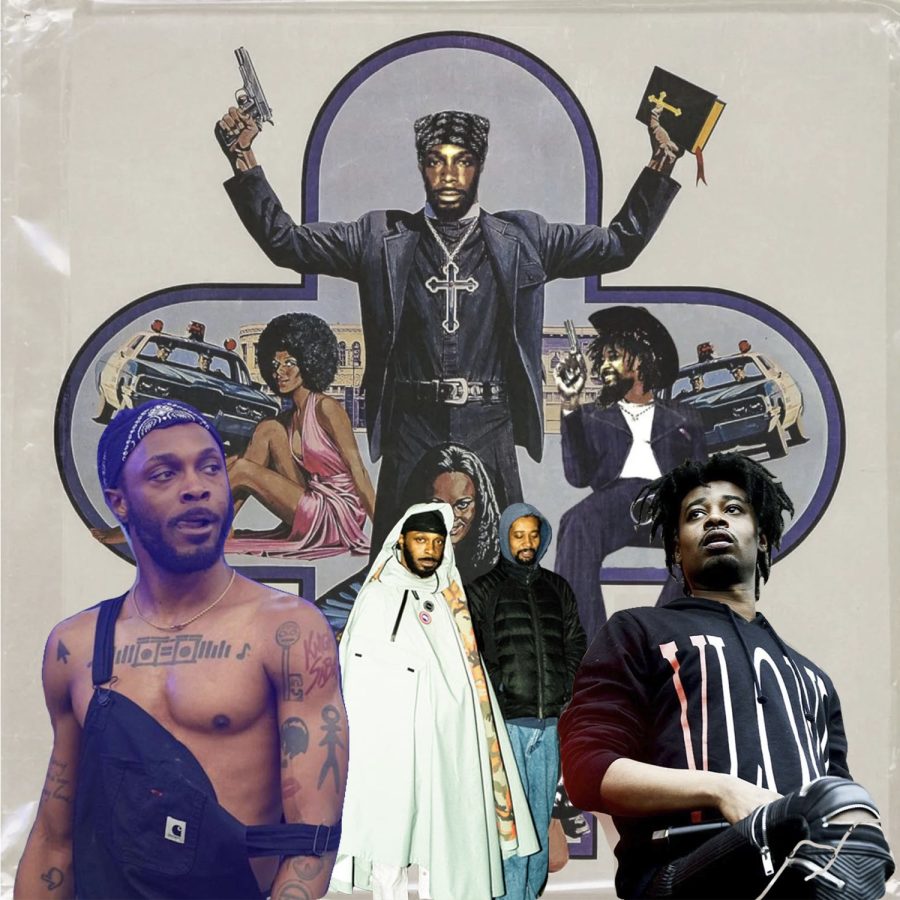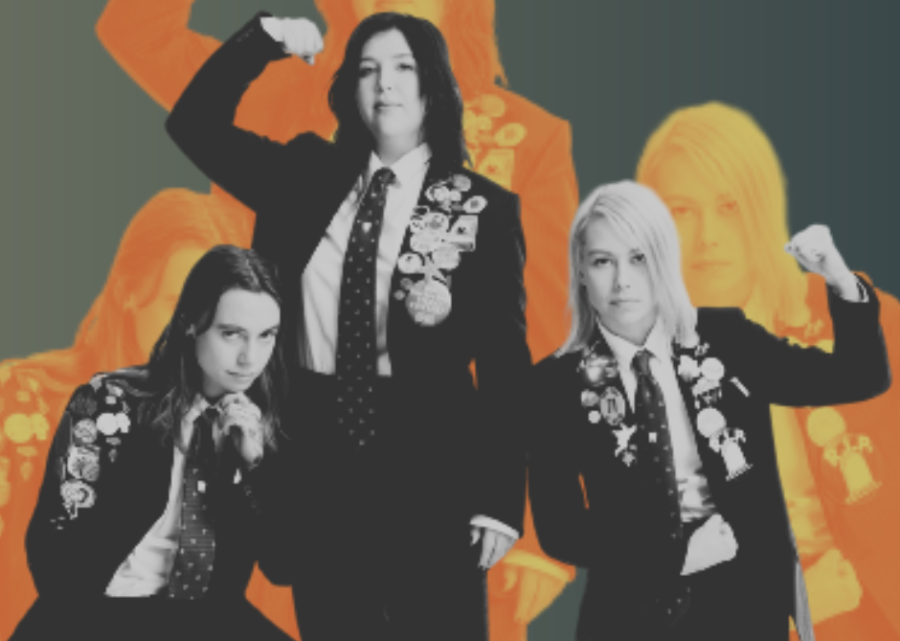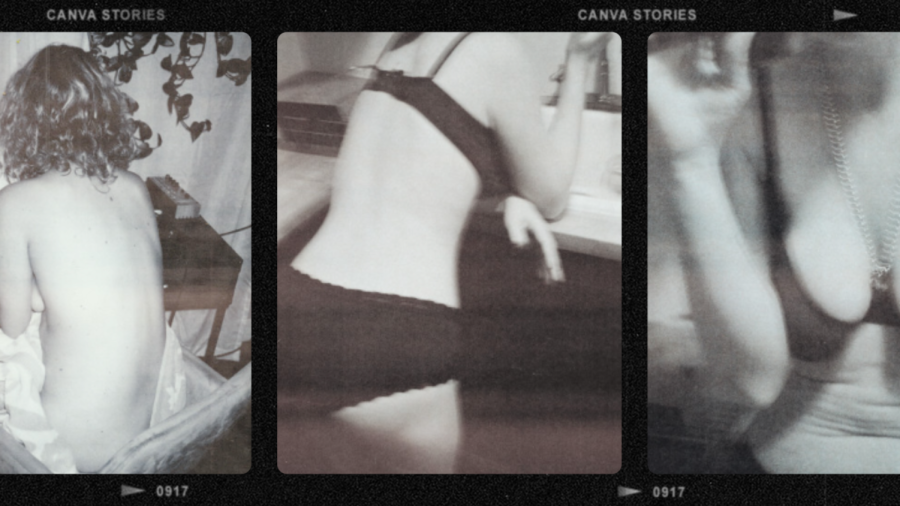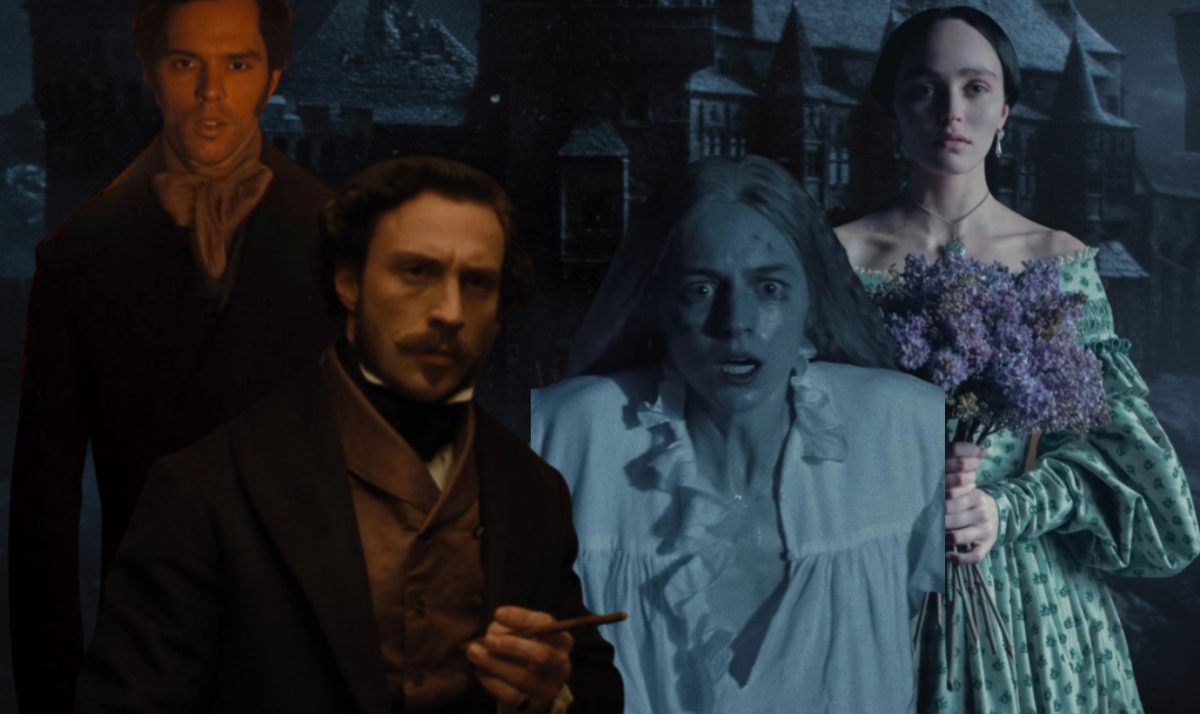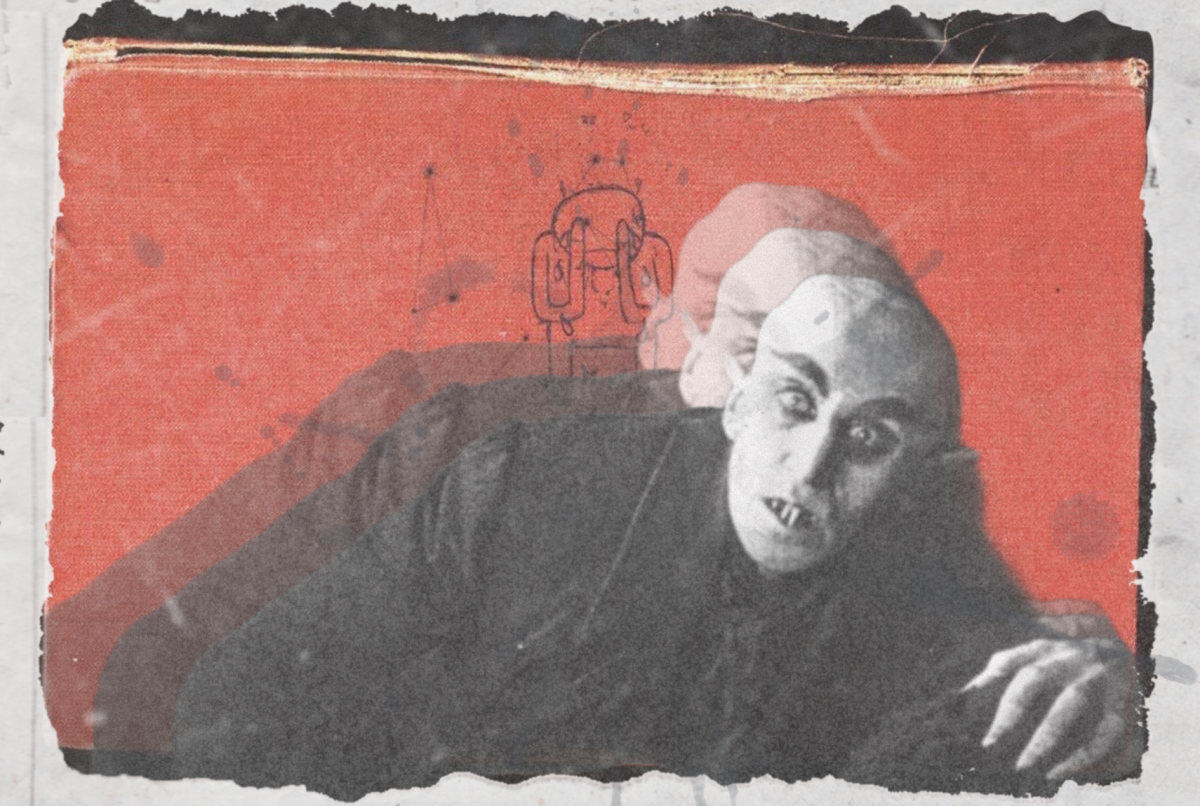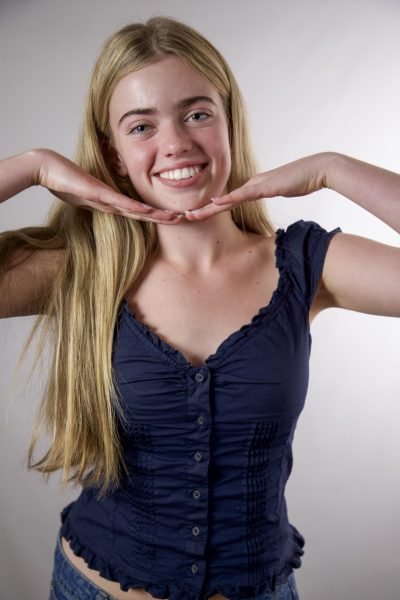When Laufey’s new album “A Matter of Time” was released, I, like many others, fell in love with the juxtaposition of lyrics and styles. Different then her previous albums, “Bewitched” and “Everything I Know About Love,” Laufey incorporated more upbeat and energetic melodies, even classifying the album itself as pop, instead of the usual jazz and classical mix she goes for.
As a full-time jazz enthusiast, the album didn’t quite satisfy the jazz shaped crack in my heart. However, her bonus track “Seems Like Old Times” helped ease some of the heartbreak. Even though it was a cover of Guy Lombardo’s classic, Laufey’s version brought a breathy, high-pitched quality that was missing from the original, well also sticking to its jazz roots.
Listening to the cover live felt like I missed my true calling as a saxophonist. The concert as a whole was an amazing experience, with Suki Waterhouse performing her song “Moves” like a 90s burlesque dancer, to playing Ella Fitzgerald and Frank Sinatra throughout the venue. Everything about the performance had a dreamy and Disney-like feel to it.
The highlight of the concert was undoubtedly when Laufey performed on her “Jazz Clock”: A round clock shaped stage that rotates as she spins on the minute hand. Laufey then performs a twist on her songs like “Valentine” and “Fragile” by speeding up the tempo, and adding a jazz twinge to her singing. The performance captured the very essence of what makes Laufey’s music so captivating: her ability to blend classical sophistication with upbeat jazz.
That quality is exactly what resonates with Summit junior and avid music listener Sam Hutter. Although he isn’t very familiar with many female jazz artists, he has an affinity for Laufey’s music, noting, “I like jazz a lot, just that in itself, I have a connection to it. And [Laufey] has such a recognizable tone and voice that I find interesting.”
Laufey has a certain Blues Inflection — an accent and pitch that many blues or jazz singers use — that not many other female artists can pull off.
Laufey doesn’t just imitate that sound: She incorporates it seamlessly into her own style. The way she bends notes, pauses on certain tones and adds phrases with a mournful undertone gives her music a timeless quality that few modern female artists can replicate.
This style resonates deeply with listeners. “[I’m] captivated by her sound quality and voice,” said Summit junior John Freeman.
Throughout her music, Laufey paints vivid, dreamlike scenes using airy timbres that evoke a range of emotions. Her expertise in this blend of jazz and classical is what makes her so well-known and respected.
However, Laufey isn’t the only successful female artist. Over the last couple of years, women like Clairo, Megan Moroney and Doja Cat have been overtaking the top charts in almost every style including country, jazz, pop and rap. In the article “The Music Industry’s Image Is Going Female,” the author, Mariel Ferragamo, discusses how the top 100 hits by women rose from 35% to 38% in under a year. Not only does this highlight an upward trend in female artists, but also underscores how past gender biases about women’s role in music are being challenged.
Hutter argues that this isn’t because of an overall rise in female music production. Instead, he stated, “female artists have entered different realms like dad rock and classical that they were segregated from before,” allowing them to take over the top charts in those styles.
In a world where music is increasingly changing and developing, Laufey offers something different: a quiet return to romance, to softness and to storytelling. “A Matter of Time” doesn’t just explore love, but also heart break, loneliness and self-doubt. As women like Laufey continue to reclaim genres once kept from them, it’s clear that this dreamy, nuanced kind of music isn’t just a passing phase.

